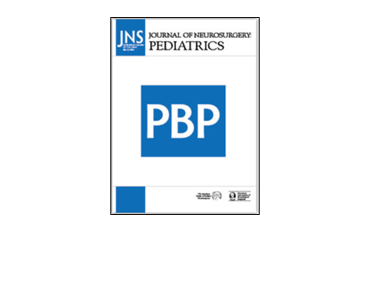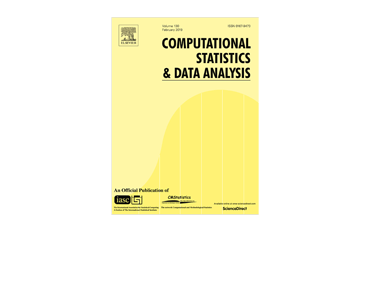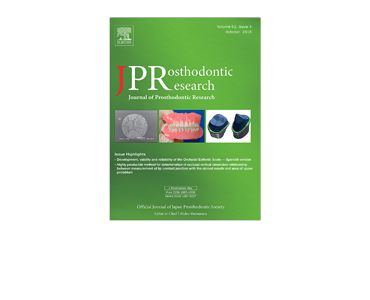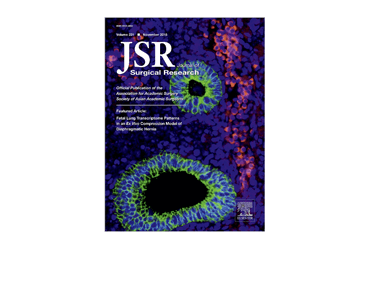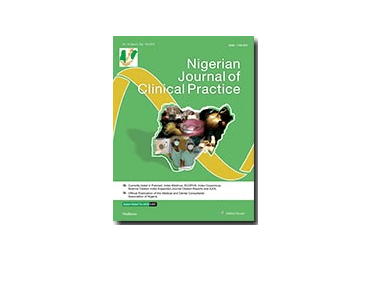Regression of cephalic index following endoscopic repair of sagittal synostosis. NA Pickersgill, GB Skolnick, SD Naidoo, MD Smyth, KB Patel.
Date: October 2018. Source: Journal of Neurosurgery: Pediatrics [Online Before Print]. Objective: Metrics used to quantify preoperative severity and postoperative outcomes for patients with sagittal synostosis include cephalic index (CI), the well-known standard, and the recently described adjusted cephalic index (aCI), which accounts for altered euryon location. This study tracks the time course of these…

